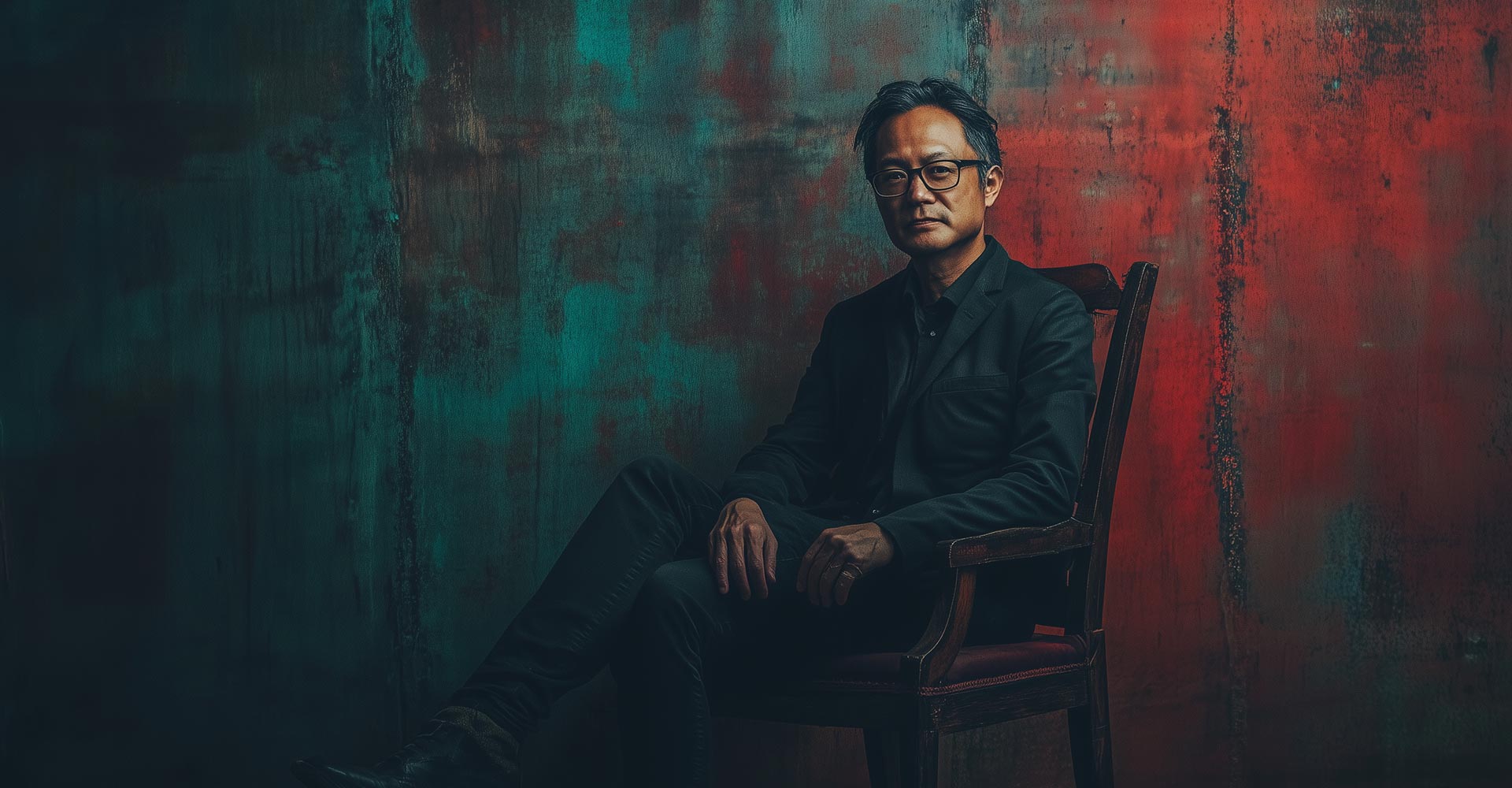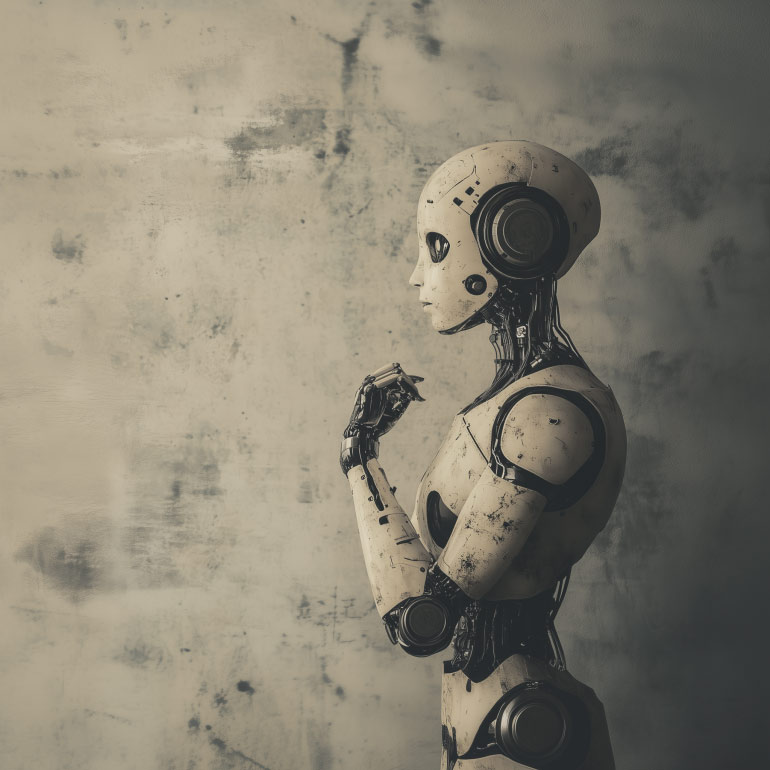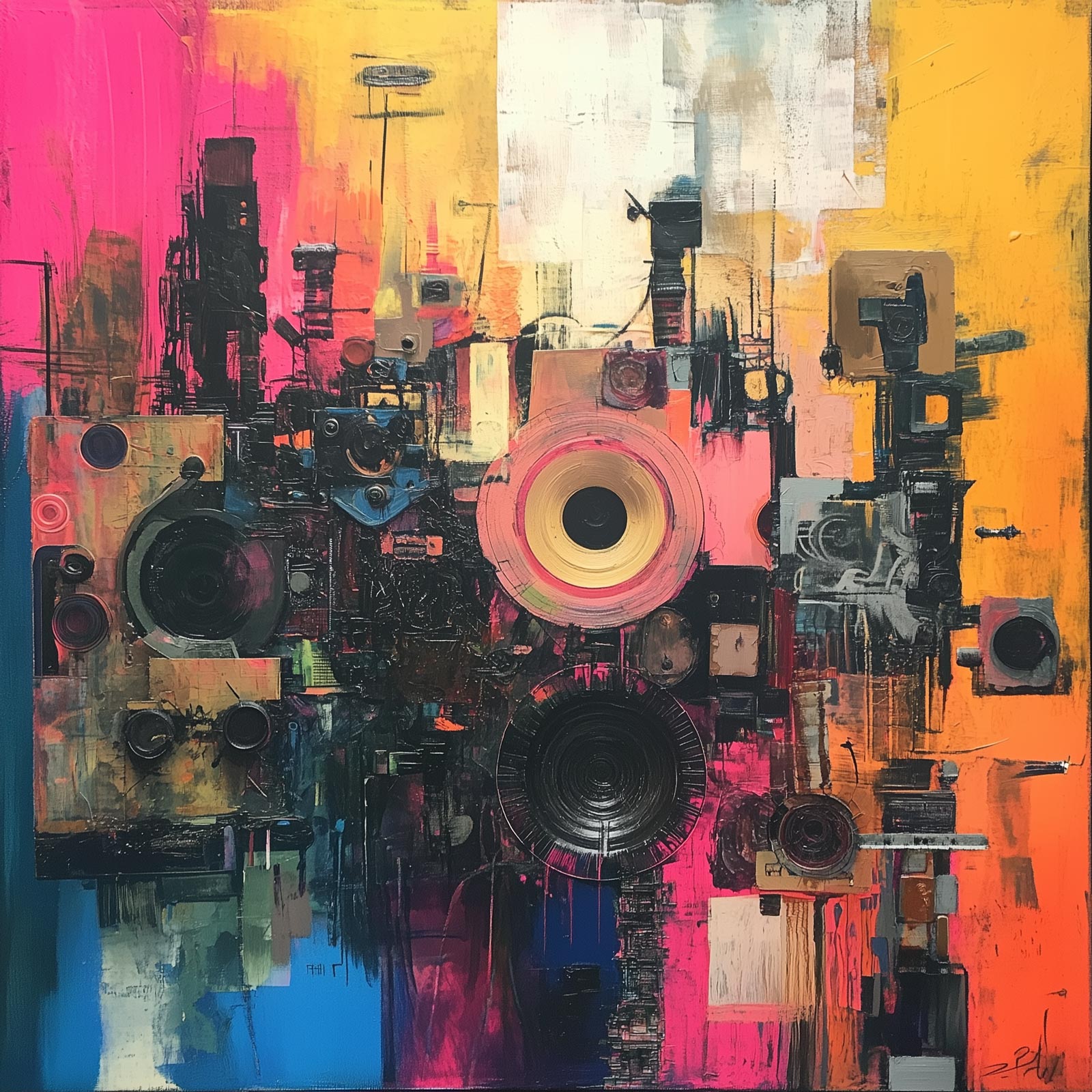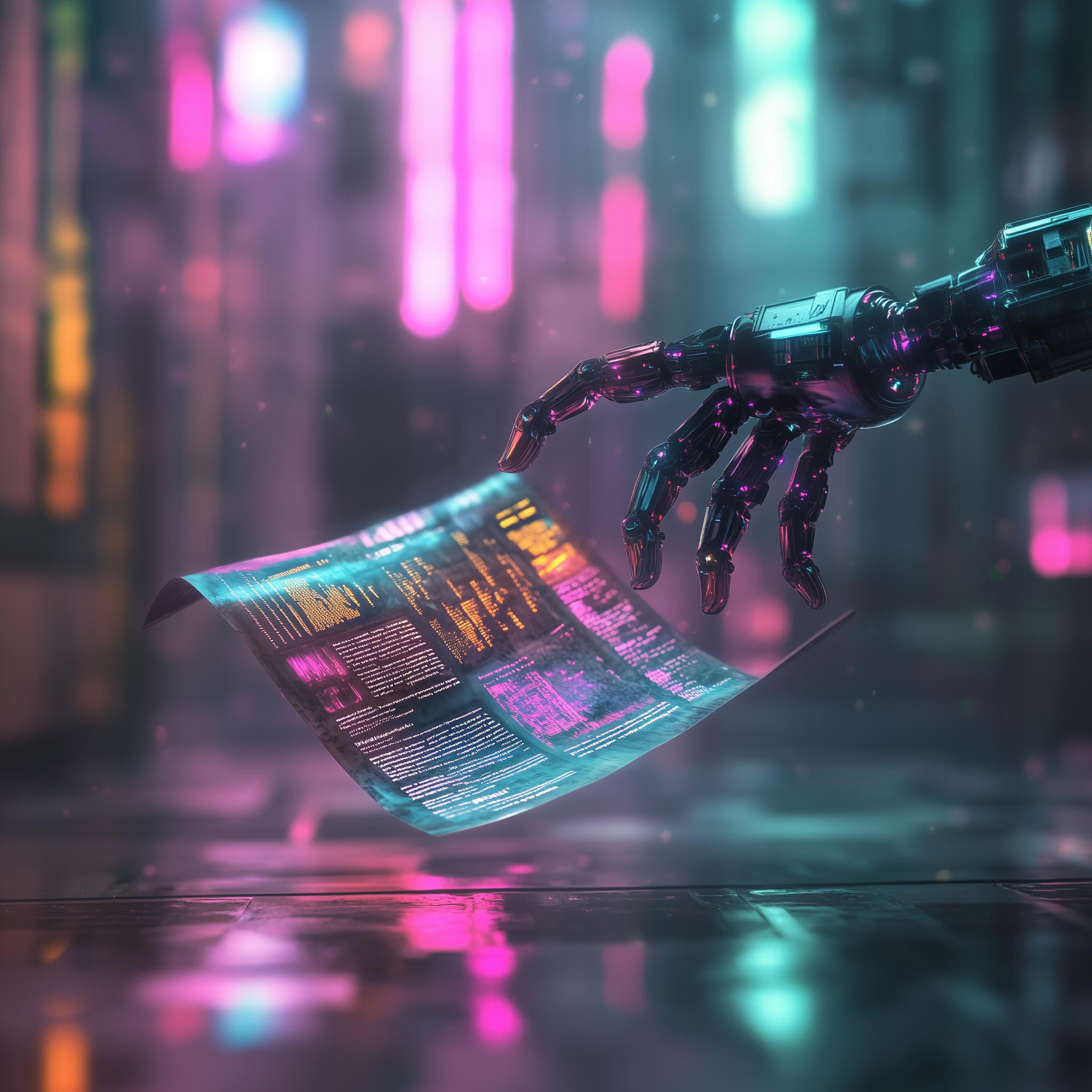If Artificial Intelligence had a royal court, Jensen Huang would be wearing the crown—and not just because he looks good in a leather jacket. The man behind Nvidia didn’t just ride the AI wave—he built the surfboard. What started as a graphics company for gamers is now the high-powered engine room of the AI revolution.
Since co-founding Nvidia in 1993, Huang has proven two things: he knows chips, and he plays the long game. Fast forward 30 years, and the company has gone from powering PlayStations to powering ChatGPT—and, oh yes, briefly leapfrogging the likes of Microsoft and Amazon in market value. Not bad for a bloke who used to make your games look good.
So, what does Huang really think about the rise of AI? Strap in—we’re about to decode the mind of a man who believes we’re not just building smarter tech… we’re building a new species.
The Silicon Shepherd: How Huang Led Nvidia to AI Glory
Nvidia’s early days were all about making games prettier. Then came 1999 and the first GPU (that’s Graphics Processing Unit, not Gin, Pinot, or Umbrella). It revolutionised 3D gaming—and, quietly, laid the foundations for AI.
By 2006, Nvidia released CUDA, a toolkit that lets nerds everywhere use GPUs for more than just killing zombies. Scientists, researchers, and eventually AI pioneers realised these chips were absolute monsters at crunching data. By 2012, Nvidia chips powered the deep learning breakthrough that made neural networks sexy again—AlexNet.
This wasn’t an accident. Huang had been steering the ship toward something bigger. He saw AI coming before most of Silicon Valley had stopped saying “machine learning” like it was black magic.
AI in Four Waves: Huang’s Greatest Hits
Jensen isn’t just making chips; he’s mapped the entire AI journey like a digital Darwin. According to him, we’ve gone through four waves:
1. Perception AI – Machines learned to see and hear. Like toddlers, but faster.
2. Generative AI – Enter ChatGPT, MidJourney, and friends. Machines could now write sonnets and draw pictures of cats wearing armour.
3. Agentic AI – Today’s frontier. These AIs don’t just chat—they do. Think digital employees who never take a lunch break.
4. Physical AI – The future. Think robots that not only walk and talk but understand physics. (Basically, the Terminator but with better manners… we hope.)
Each wave has brought bigger ideas, bigger tech, and much bigger demand for computing power—which, surprise surprise, Nvidia happens to be really, really good at providing.
AI’s “Inflection Point” – Or as Jensen Calls It, 2025
Huang says 2025 is the turning point. AI isn’t an experiment anymore—it’s the main event. Demand for compute is exploding thanks to Agentic AI, which doesn’t just need power—it gulps it.
To deal with this, Huang isn’t just building chips—he’s building “AI factories.” Picture data centres, but juiced up like they’ve been bench-pressing supercomputers. These factories don’t store data—they create intelligence. They’re like Willy Wonka’s chocolate factory, but instead of sweets, they make thinking machines. Still sweet, though.
Tomorrowland According to Huang: Robots, Superhumans & Billion-AI Workforces
Here’s where it gets wild. Huang predicts that AI could pass every human test in just five years. Not just pub quizzes—medical boards, bar exams, all of it.
He also reckons AI will become a million times more powerful in the next decade. A million. It’s like giving your calculator a PhD, a jetpack, and a sarcasm module.
And these won’t just be fancy tools. Nvidia plans to be 100% AI-assisted by the end of the year—and they’re not alone. Your next workmate could be a digital agent who never needs a coffee break and remembers everything.
The Gospel According to Jensen
Huang’s AI quotes are already industry scripture. A few favourites:
• “Software is eating the world, but AI is going to eat software.” Translation: If you thought tech was fast before, buckle up.
• “Every country needs to own the production of their own intelligence.” He’s not just building tech—he’s starting a sovereignty movement.
• “AI is not going to take your job. The person using AI will.” Consider this your gentle nudge to start upskilling… yesterday.
Nvidia’s Role: Not Just Chips, the Whole Buffet
Huang’s masterstroke isn’t just slinging GPUs—it’s building the entire AI ecosystem. Hardware? Check. Software (like CUDA)? Check. Platforms for robotics, automation, digital humans? Triple check.
They’re even working on AI agents for other big players (hello, SAP and ServiceNow), and rolling out tools so businesses can plug AI into their systems without hiring an army of developers.
So, What’s the Takeaway?
Jensen Huang isn’t just playing the AI game—he’s redesigning the board. And Nvidia? It’s no longer a tech company; it’s a cornerstone of the new AI-powered world.
Whether it’s training robots, decoding data, or reinventing how we work, Huang believes AI is here not to replace us—but to supercharge us. So if you’re still treating AI like a side project… well, better pour yourself a large glass of courage. The future’s already arrived.
At AGI, we’re here for the AI-curious, the digital doers, and anyone who fancies building a smarter tomorrow, preferably with a dash of humour, a bit of strategy, and maybe a bottle of something decent to toast the journey.
Ready to ride the AI wave? Let’s talk. Or better yet—let’s build.



